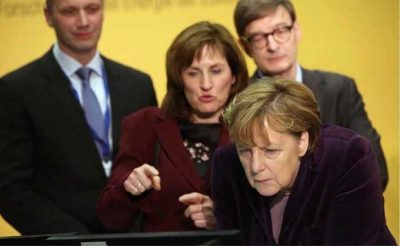
A new kind of metal could make nuclear power plants more robust by resisting the damage that radiation does to traditional steel.
When neutrons from nuclear cores smack into surrounding structures, they can knock atoms out of place, which makes steel brittle. This means plants periodically require expensive and time-consuming repairs.
So Kai Nordlund, professor in Computational Materials Physics at the University of Helsinki, Finland, and his colleagues tested hybrid metals called high-entropy alloys, which have randomly placed atoms. They ran simulations to see which combinations might be toughest, then made thin discs of the winning metals and fired a beam of ions at them to simulate what might happen in a real nuclear reactor.




